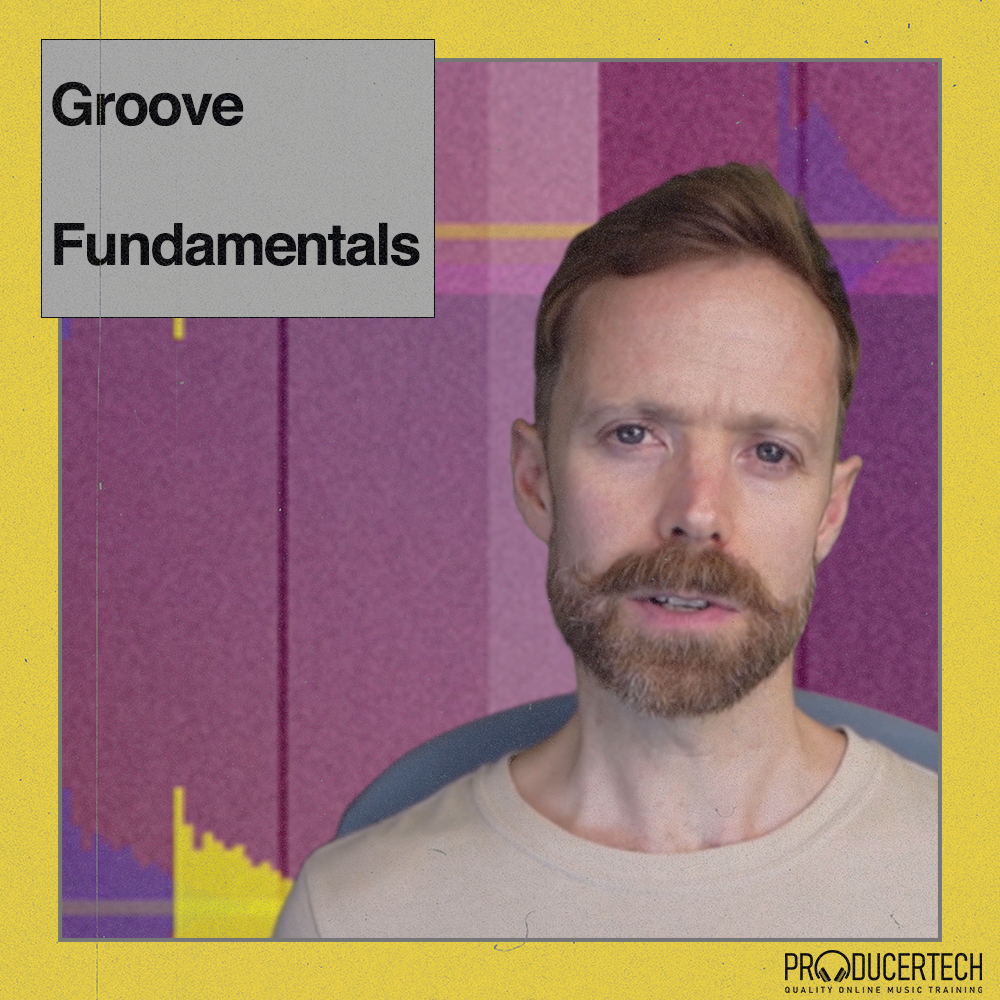Groove is such an essential essence in music that to learn it is to add an incredible musical weapon to your arsenal.
Expressing rhythm in a unique way has always been part of the human experience. And because of that, not only is it good to implement into your tracks, but it's quite often essential.
If you’d like to find out more about the theory behind groove & swing, check out the Beginners Guide to Music Theory.
Before we get into the details of groove, let’s take a look at its origins.
The origins of swing
Swing originates from a variety of sources. One of the most important sources of swing and groove in Western popular music is the African American tradition of the 20th century.
Blues & Jazz stood out from the crowd at the time because they switched the emphasis (in classical music) from melody to rhythm. Not only did they do this, but the rhythms were heavily syncopated, and incorporated a large amount of swing. This rhythmic focus carried forward into Funk, Soul, Hip Hop and electronic dance music. If you’re still not too familiar with what swing and groove might sound like, then listen to a track from any of the above genre’s, and listen to the lazy, shuffled, off-kilter sound of the rhythm sections, and you may begin to train your ear to detect groove.
The reason breakbeats are so popular in Hip Hop and Electronic music is because they can inject groove and swing instantly into a rigid beat. Because they can be looped easily using drum machines and DAWs, they are perfect for slotting hassle-free, but the swing within the sample also adds so much groove to a track. If you want to find out more about using breakbeats in Electronic music, check out our Jungle Production Fundamentals course.
What is swing?
Swing is adding slight delays to particular beats. Certain beats need to remain exactly where they are, to maintain the rhythm, and to work with other instruments. But when you delay certain beats, you create a much more syncopated, funky sounding track. And a more human sounding track - something we take for granted but look for when we listen to music.
Another interesting way to implement groove into your music is by using volume. If you have a series of hi hats, but they're not swung (using the conventional method, mentioned above), then lowering the volume of every other hi hat will give the audio illusion of swing. This can be useful for producers who are just starting out with groove and want to see instant results. In fact, swing is best implemented when combining both the delay and volume changes.
As the Groove Fundamentals course teaches you, swing can be easily used in a variety of DAWs - including Ableton, where it's incredibly simple to get going with drag-and-drop preset grooves for you to choose from.
Groove isn’t just used for the rhythmic elements either. You can incorporate groove into any of your tracks. In fact, implementing some sort of groove into your melodic parts can really elevate a track to new levels of syncopated heaven!
Groove in electronic music
With the advent of drum machines and DAW's, we can create more pulsing and hypnotic sounds than ever - but does it come at a cost? Early on, drum machines started to incorporate 'swing'
Whilst rigid, stable rhythms suit particular genres like techno, in others, you need a bit more human feel. This is where groove (or swing) comes in.
Drum machines and synths will often (but not always) have a ‘swing’ dial. This dial will increase the swing amount the higher it is pushed. Usually, at its maximum value, the swing is so high it doesn’t actually sound very good. We want to find a happy medium, somewhere that isn’t boringly straight, but not so swung that it's incomprehensible rhythmically.
When using swing, you have to be mindful of what other elements are playing. If you have a very rigid kick drum, and you want to add a layer of beats that are heavily swung on top, then sometimes clashing can occur, especially with percussion elements.
This style of arranging properly so that elements fit together seamlessly are all elements you can receive more in-depth teaching in when you start the Groove Fundamentals course.
If you’re already familiar with the basics of groove, and wider music theory, then you should check out the Advanced Music Theory course.



